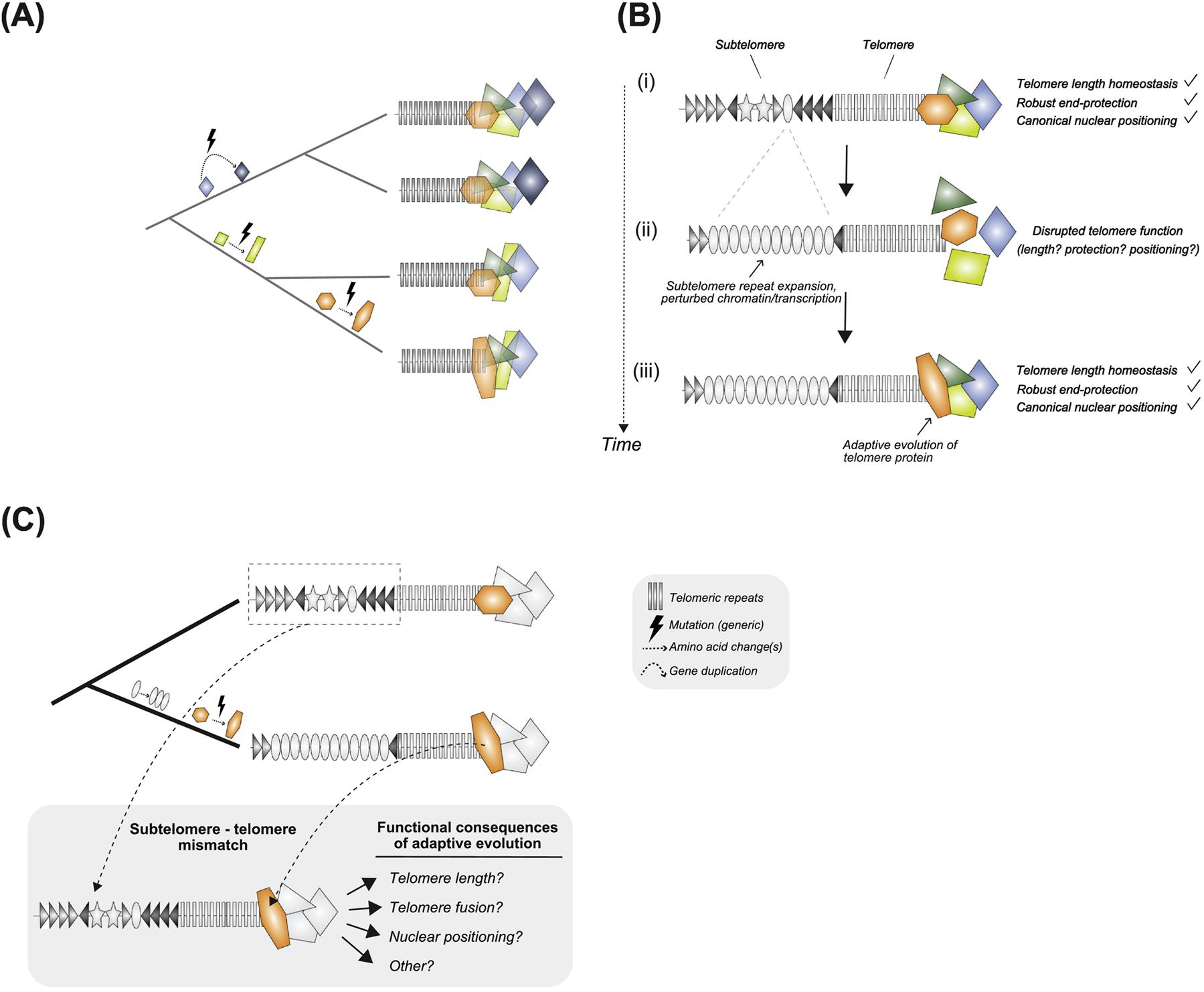Figure 1. Telomere proteins evolve rapidly between closely related species, possibly driven by subtelomere evolution.

(A) Mutations arise over evolutionary time that, if retained, result in codon divergence (orange, yellow shapes) or whole gene presence/absence (blue diamonds). (B) Telomere proteins adapted to telomere-adjacent subtelomere sequence confers canonical telomere function (top). Under the proposed model, transient disruption to telomere function due to expansion of a particular subtelomere variant (oval, middle) compromises fitness. Natural selection restores canonical telomere function via telomere protein adaptation (orange shape, bottom). (C) Engineering an evolutionary mismatch between the contemporary subtelomeric sequence of one species and the contemporary but divergent telomere protein of a sister species. Experimental introduction of co-evolved subtelomeric variants into these mismatched genotypes might rescue the disrupted telomere function.
